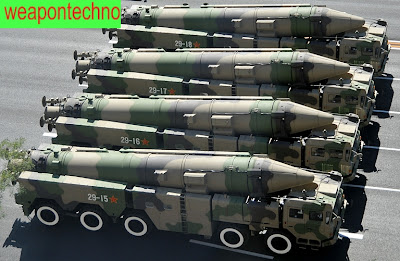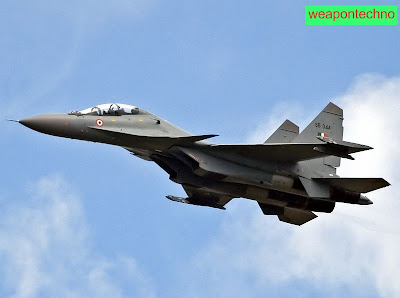India will get lightweight anti-submarines torpedoes to arm the eight P-8I maritime patrol aircraft it is buying from the US, with the Obama administration notifying the potential sale to the US Congress on Tuesday.
The news was welcomed by the US embassy in New Delhi, which said the sale of Mk-54 torpedoes reflects the mutual benefits of the India-US security relationship.
The Pentagon has "officially notified" the potential sale of Mk-54 lightweight torpedoes to the Indian Navy.
The Mk-54 is the most advanced lightweight torpedo in the US Navy inventory and is intended to be employed with the P-8I maritime patrol aircraft, eight of which are currently under construction for India by US aerospace major Boeing.
The P-8I, equipped with Mk-54 torpedoes, will provide highly-effective long-range anti-submarine warfare capabilities for the Indian Navy.
"The final content and price for the deal will be determined during discussions with the Indian government," the US embassy said.
"This sale reflects the mutual benefits of the U.S.-India security partnership. For India, the combined sale of the P-8I aircraft with the Mk-54 torpedoes will add to India's anti-submarine capability, as it expands its ability to protect India and the critical sea lanes of the Indian Ocean," it said.
"The offer highlights the US commitment to share cutting-edge technology with India and to ensure that both nations enjoy the benefits of a secure and stable South Asia," it added.
In addition to the US Navy, the Mk-54 torpedo is also in service with the Royal Australian Navy.
The news was welcomed by the US embassy in New Delhi, which said the sale of Mk-54 torpedoes reflects the mutual benefits of the India-US security relationship.
The Pentagon has "officially notified" the potential sale of Mk-54 lightweight torpedoes to the Indian Navy.
The Mk-54 is the most advanced lightweight torpedo in the US Navy inventory and is intended to be employed with the P-8I maritime patrol aircraft, eight of which are currently under construction for India by US aerospace major Boeing.
The P-8I, equipped with Mk-54 torpedoes, will provide highly-effective long-range anti-submarine warfare capabilities for the Indian Navy.
"The final content and price for the deal will be determined during discussions with the Indian government," the US embassy said.
"This sale reflects the mutual benefits of the U.S.-India security partnership. For India, the combined sale of the P-8I aircraft with the Mk-54 torpedoes will add to India's anti-submarine capability, as it expands its ability to protect India and the critical sea lanes of the Indian Ocean," it said.
"The offer highlights the US commitment to share cutting-edge technology with India and to ensure that both nations enjoy the benefits of a secure and stable South Asia," it added.
In addition to the US Navy, the Mk-54 torpedo is also in service with the Royal Australian Navy.
| Type | Lightweight torpedo |
|---|---|
| Place of origin | |
| Service history | |
| In service | 2004–present |
| Used by | |
| Production history | |
| Designer | raytheon |
| Designed | 1999 |
| Unit cost | US $1,000,000[1] |
| Produced | 2003 |
| Specifications | |
| Diameter | 12.75 inch(324 mm) |
| Launch platform | mark 32 torpedo, asw aircraft |






























+-30+Russian+Fighter+Jet+2.jpg)





















